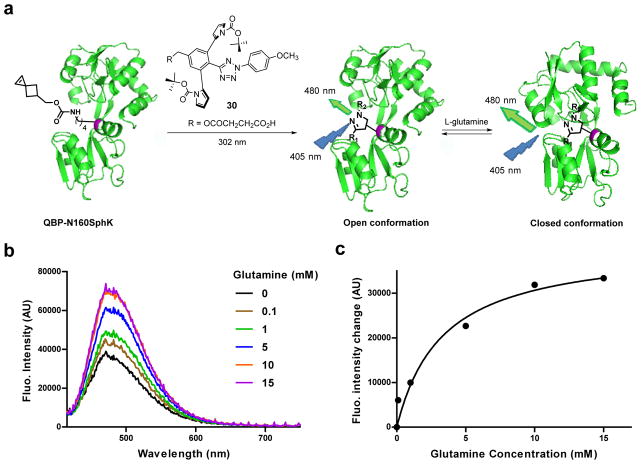Figure 3. Application of the sterically shielded nitrile imine to generate in situ a fluorescent sensor for probing ligand-induced QBP conformational change.
(a) Scheme for in situ synthesis of a pyrazoline-based sensor from QBP-N160SphK mutant and a water-soluble tetrazole 30. The glutamine-free QBP (PDB code: 1GGG) adopts an open conformation27 while the glutamine-bound QBP (PDB code: 1WDN) adopts a closed conformation29. (b) Fluorescence spectra of QBP-pyr-30 upon titration of glutamine (final concentration = 0.1 mM, 1 mM, 5 mM, 10 mM or 15 mM in 4:1 DPBS/acetonitrile). λex = 405 nm; QBP concentration was set at 5 μM. (c) Plot of the change of fluorescence intensity at 480 nm vs. glutamine concentration. The data were fitted to one-site specific binding model with the following equation: ΔFobs = ΔFmaxS/(Kd + S).

